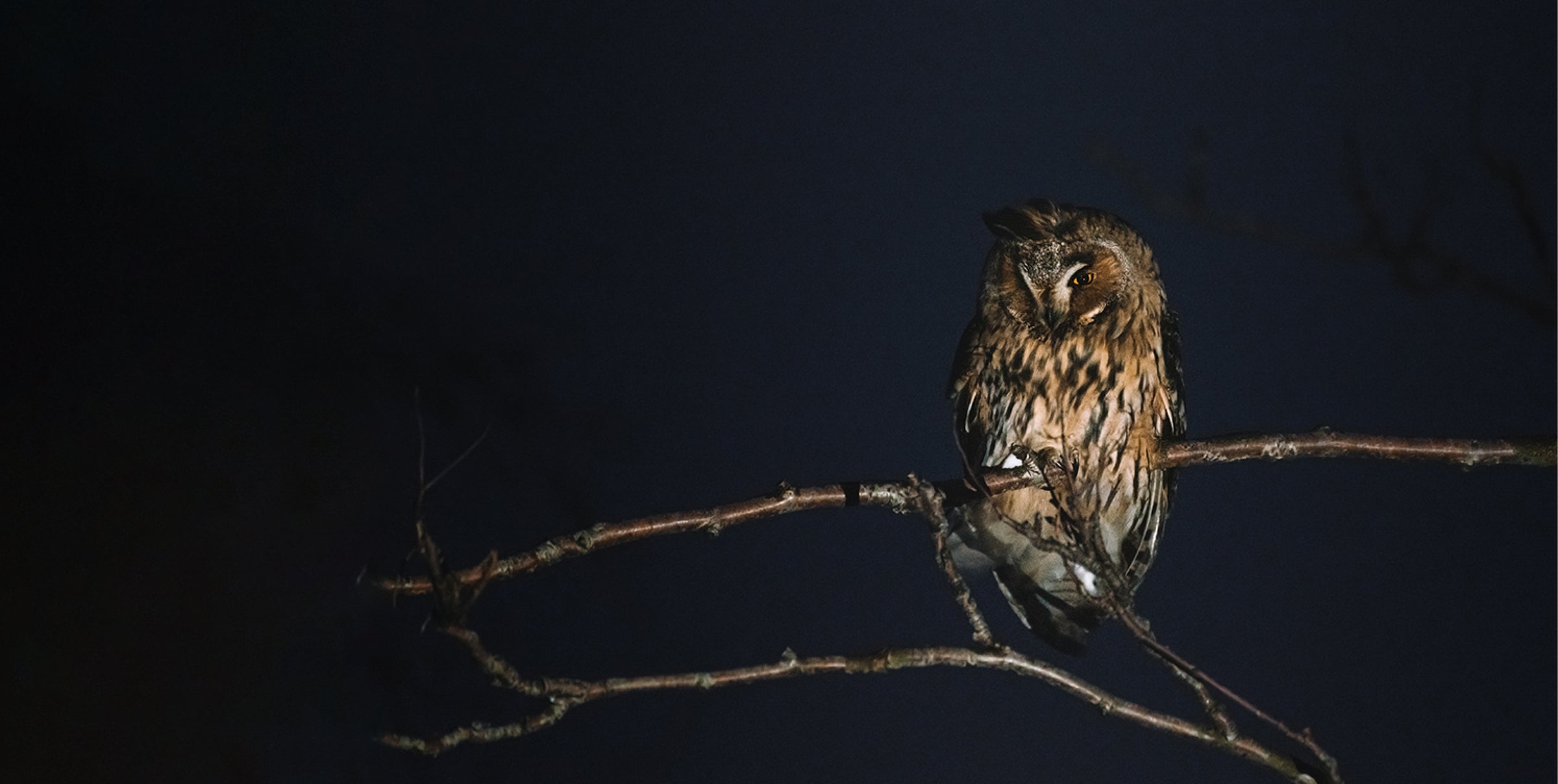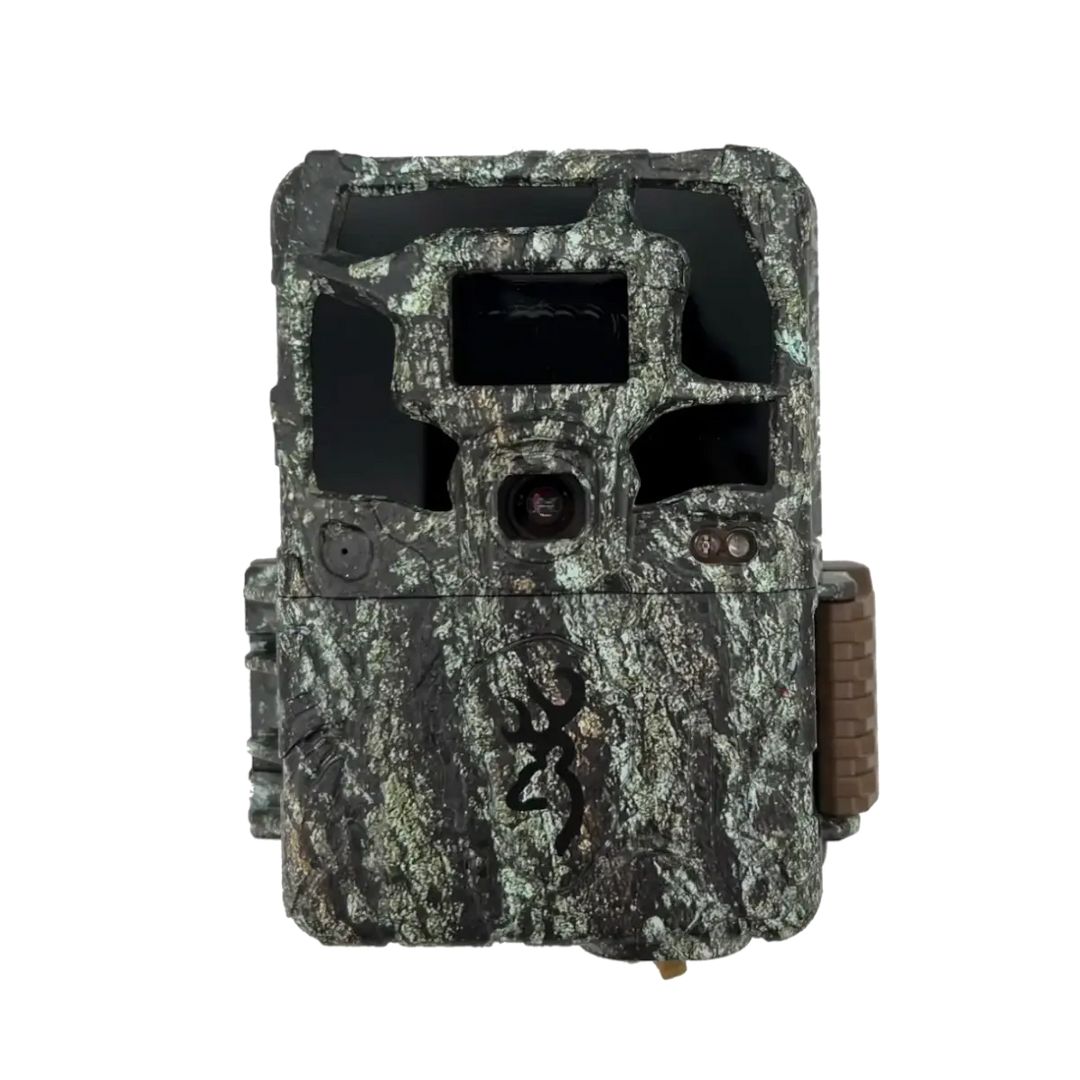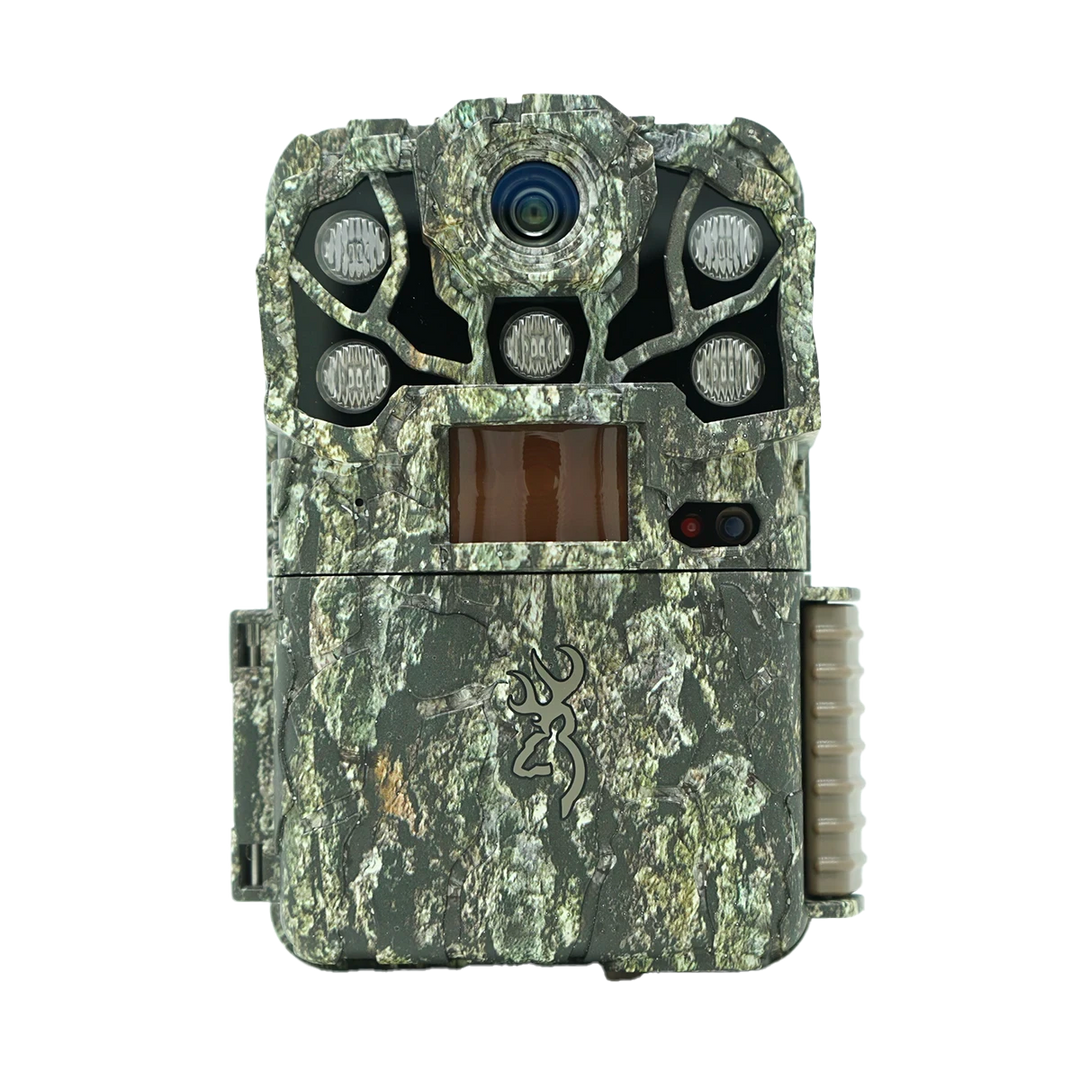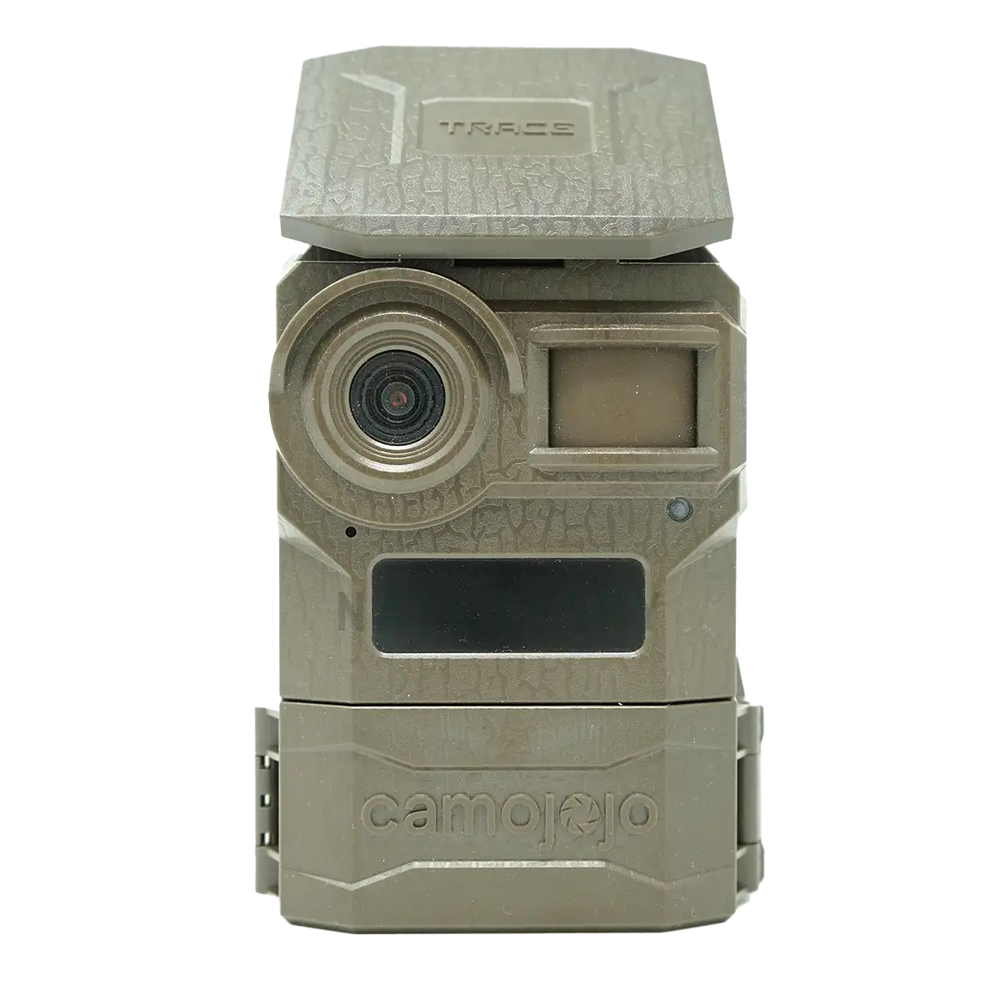Filter

Night vision cameras
Filter
Night vision cameras

FAQs
Tech support & tips
Our experience and expertise distilled so you can get answers, tips and advice from the people that know.
Shop all
Browse everything and find exactly what you're looking for. Every purchase funds conservation projects.
Project Partners
We partner with organisations to provide tech, advice & fieldwork support.




















